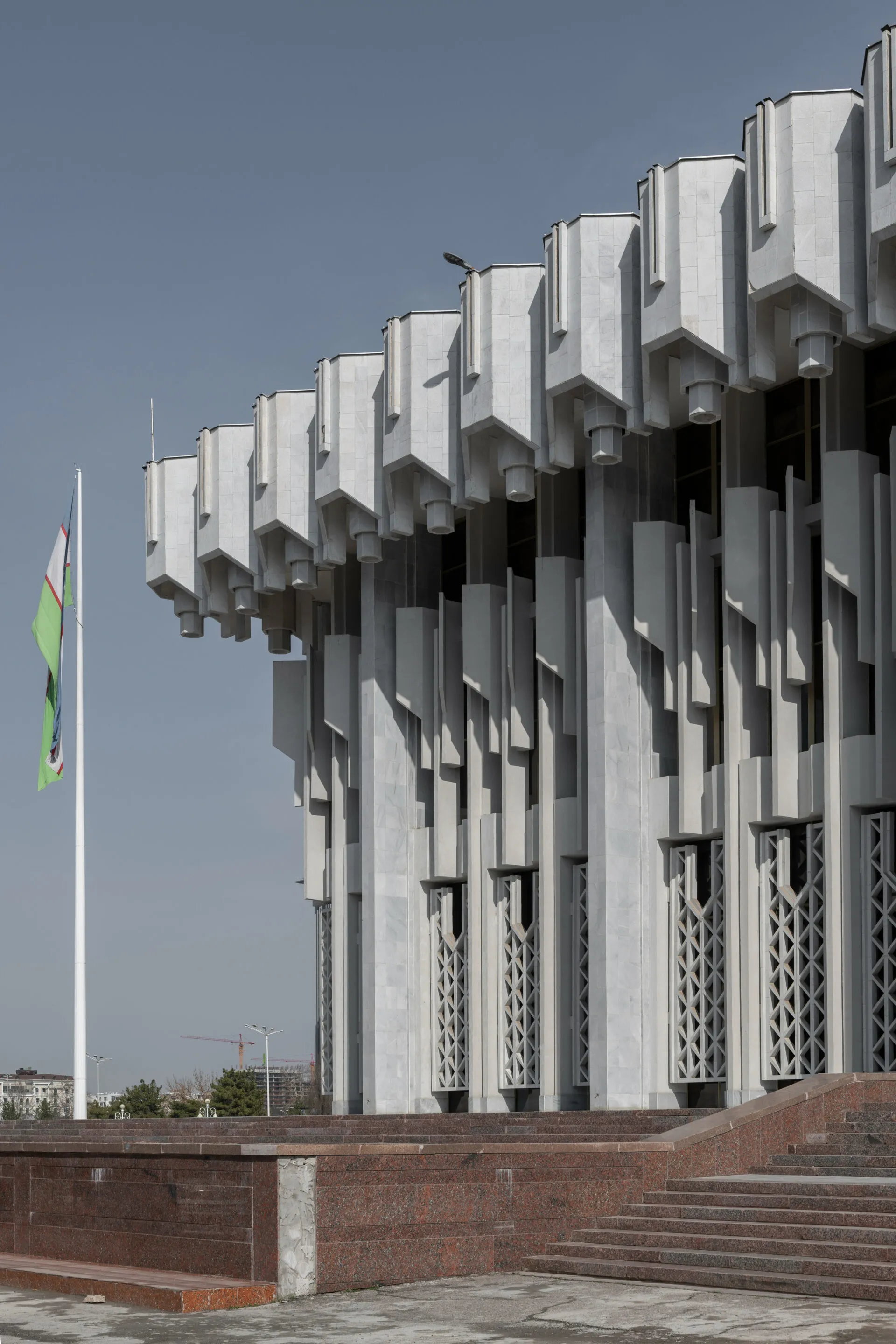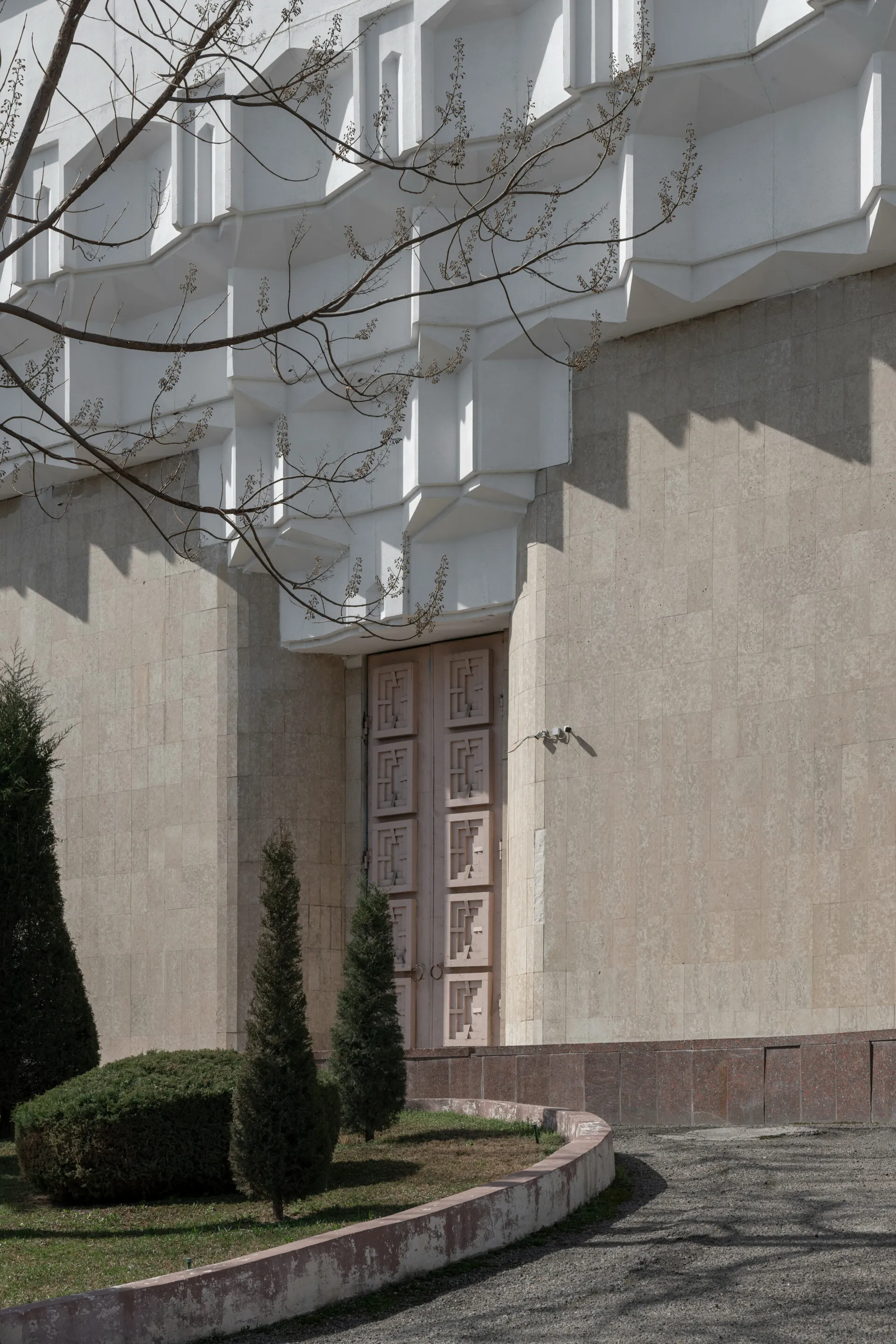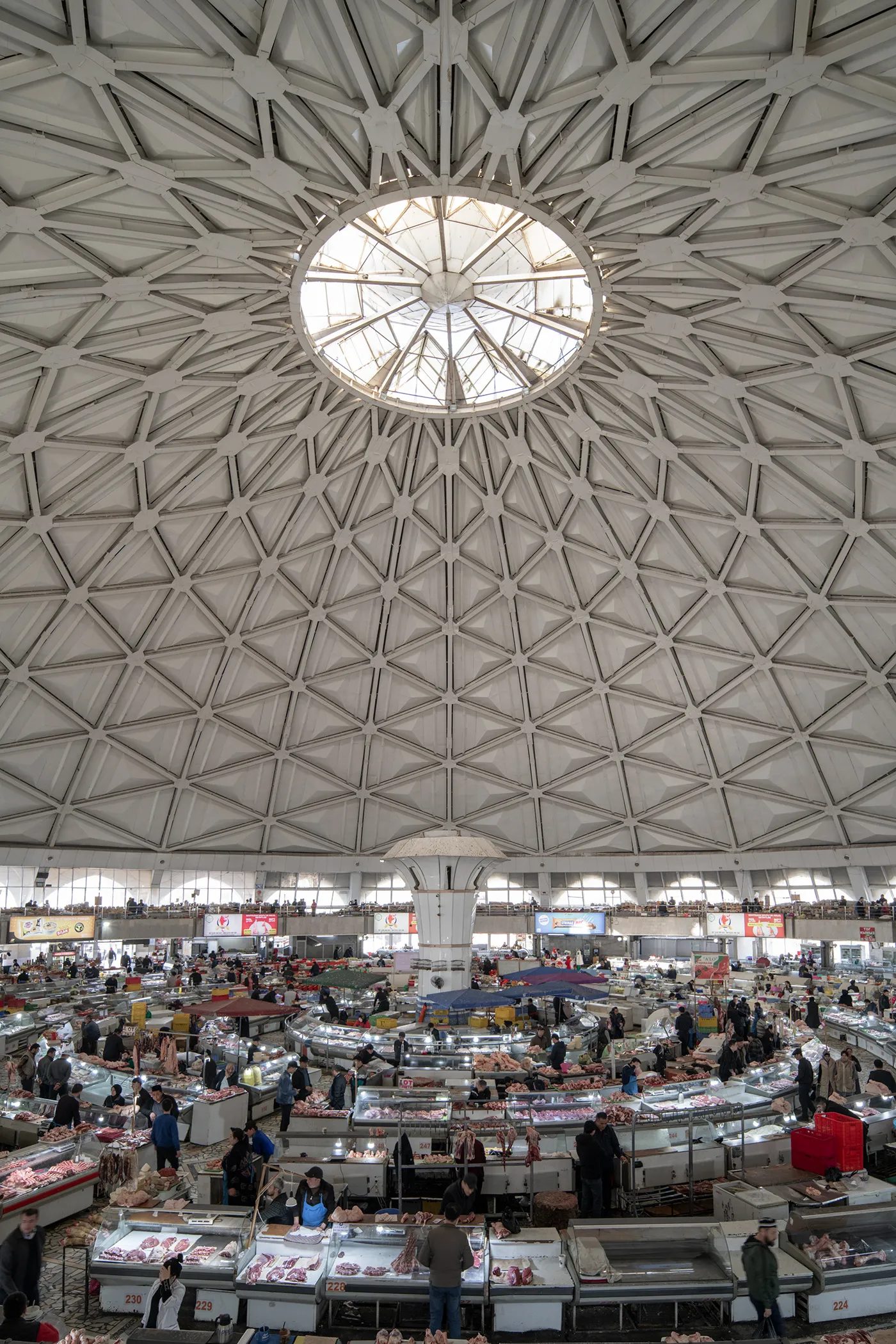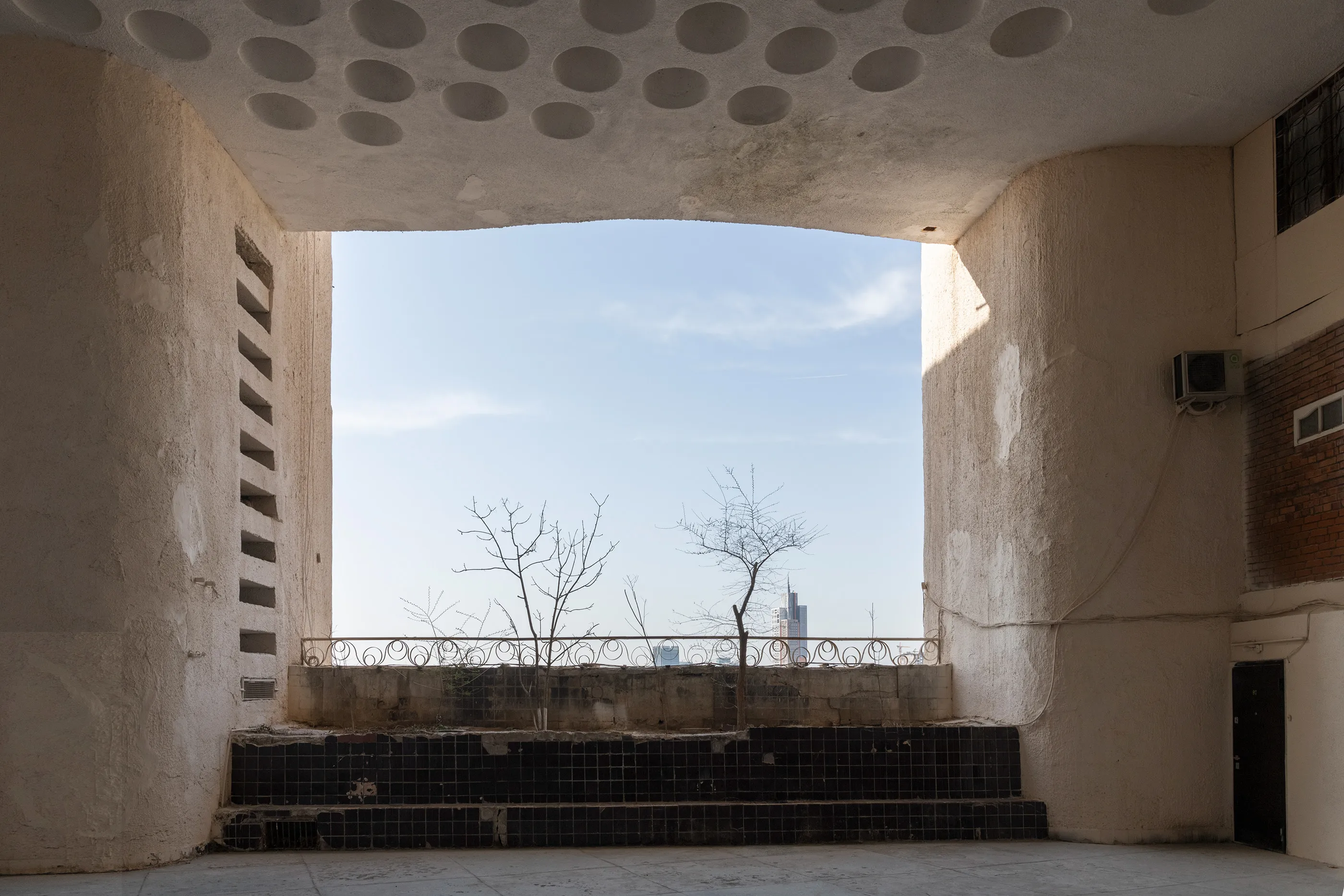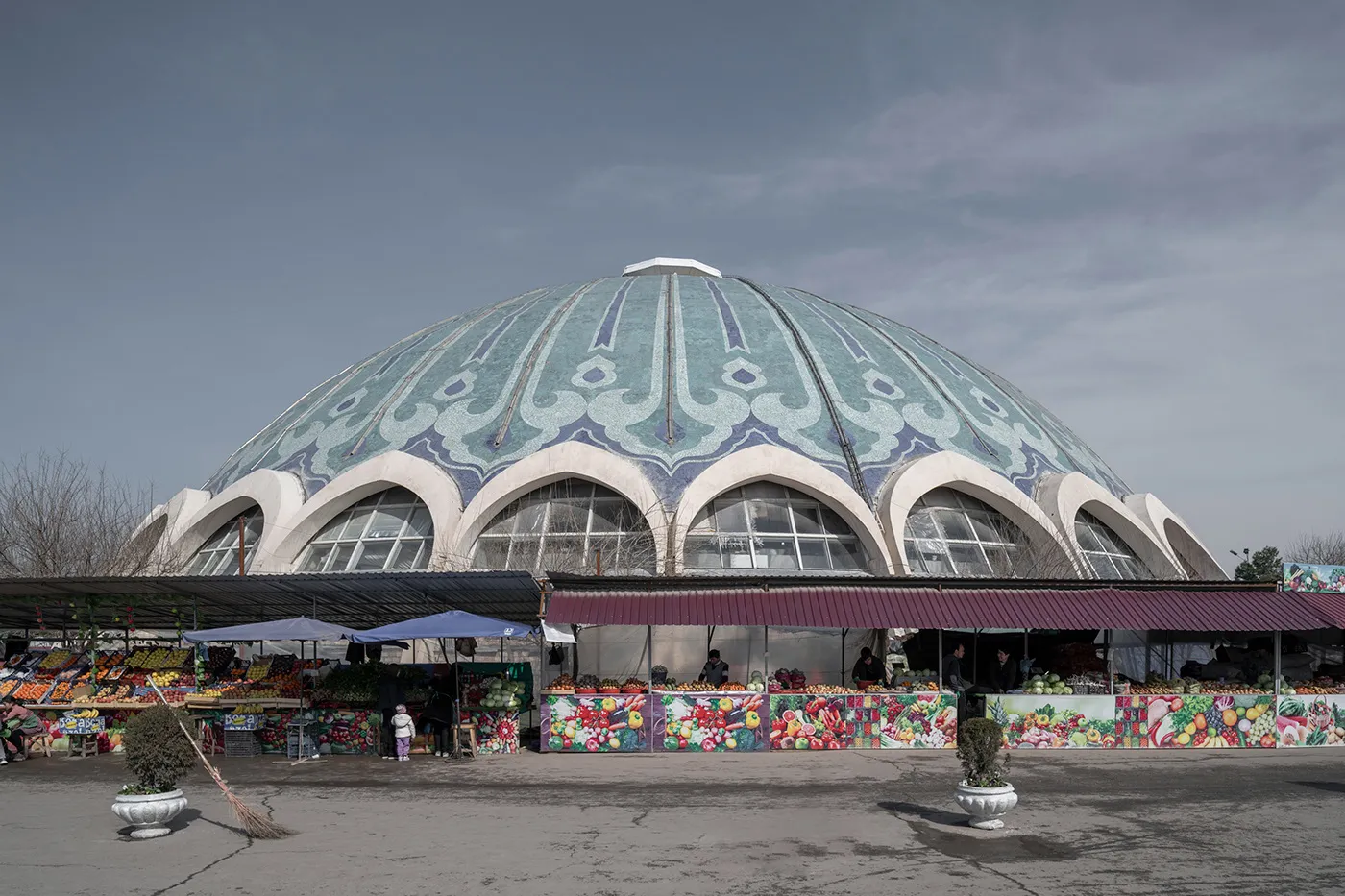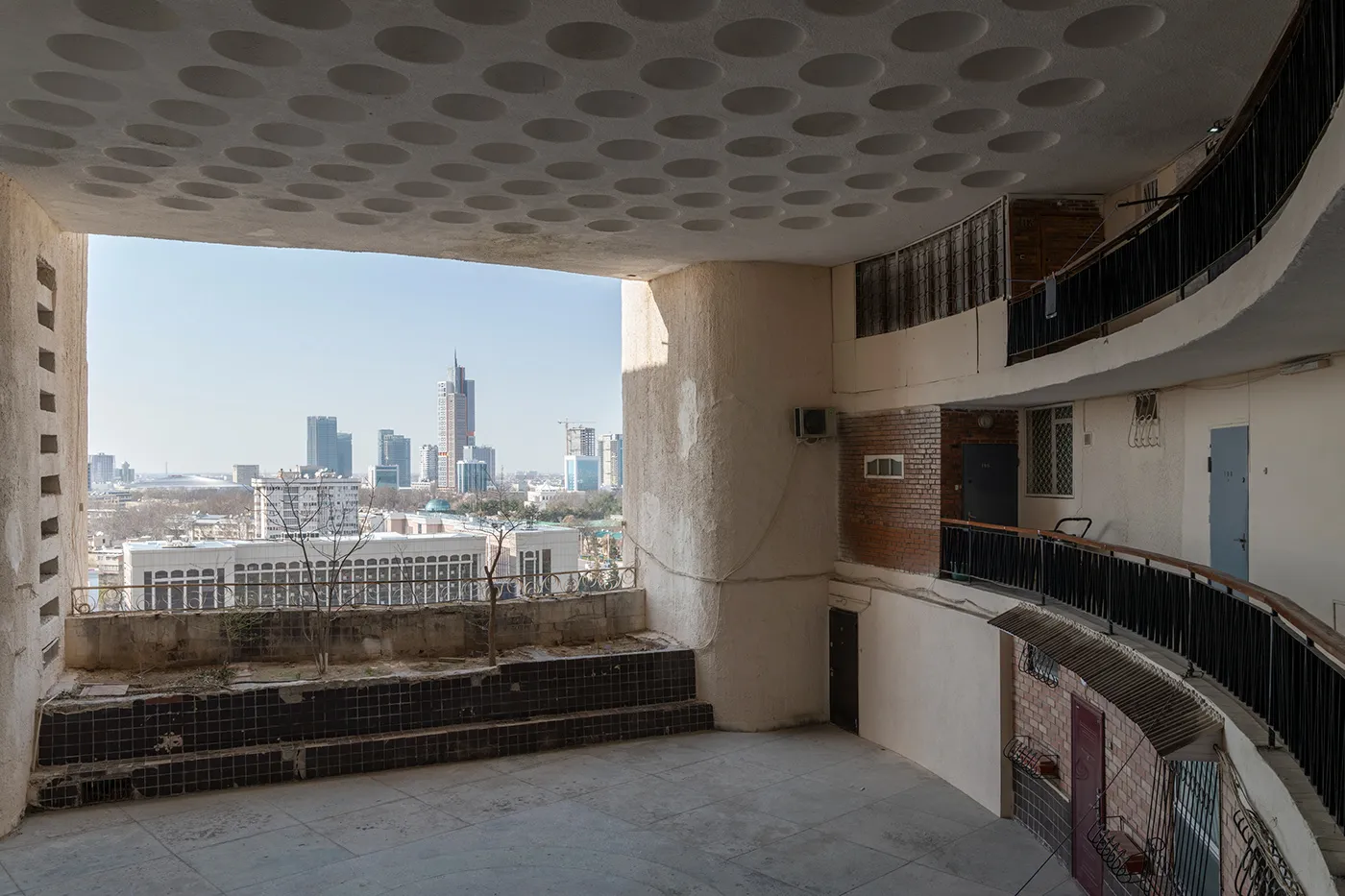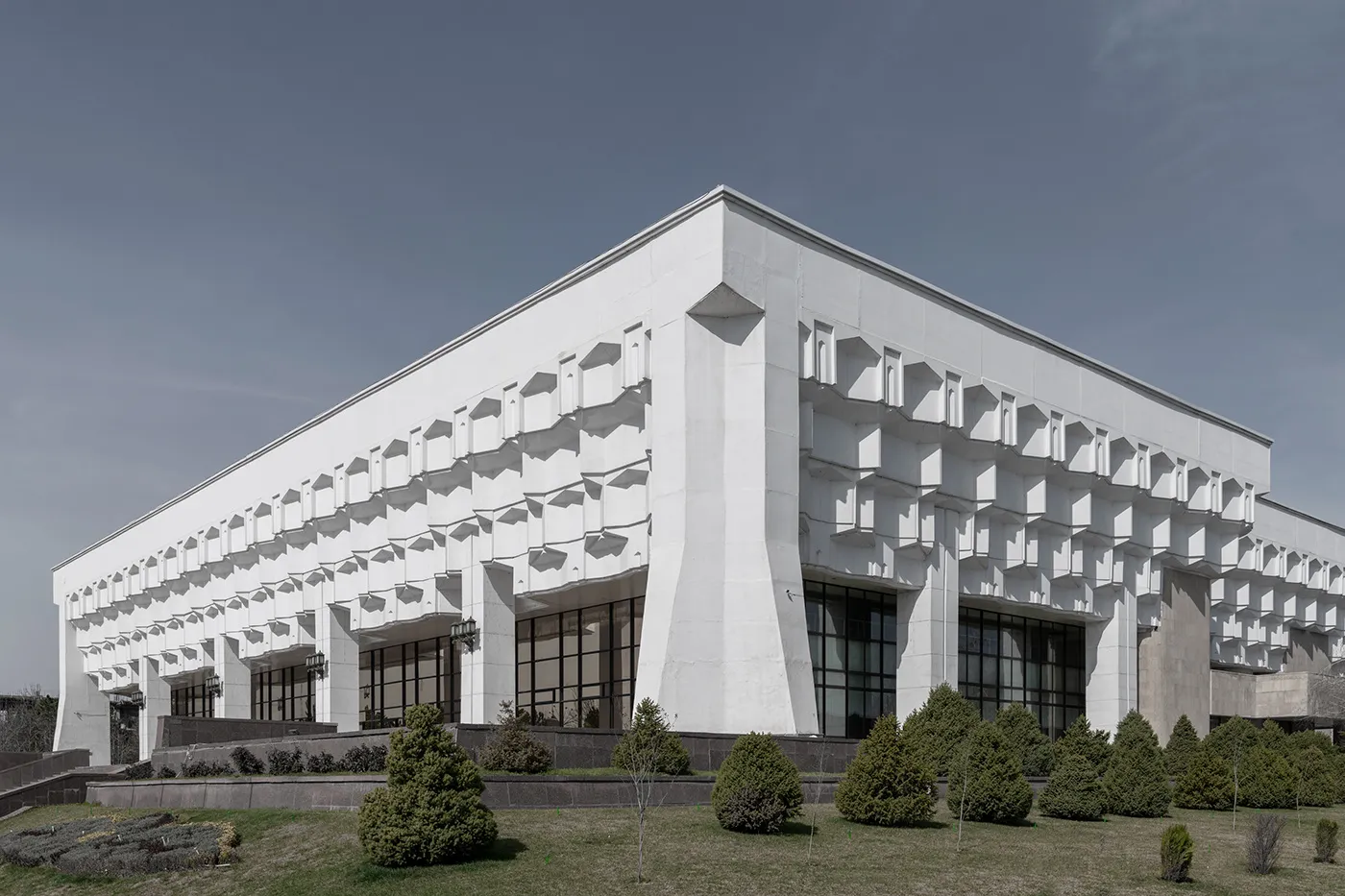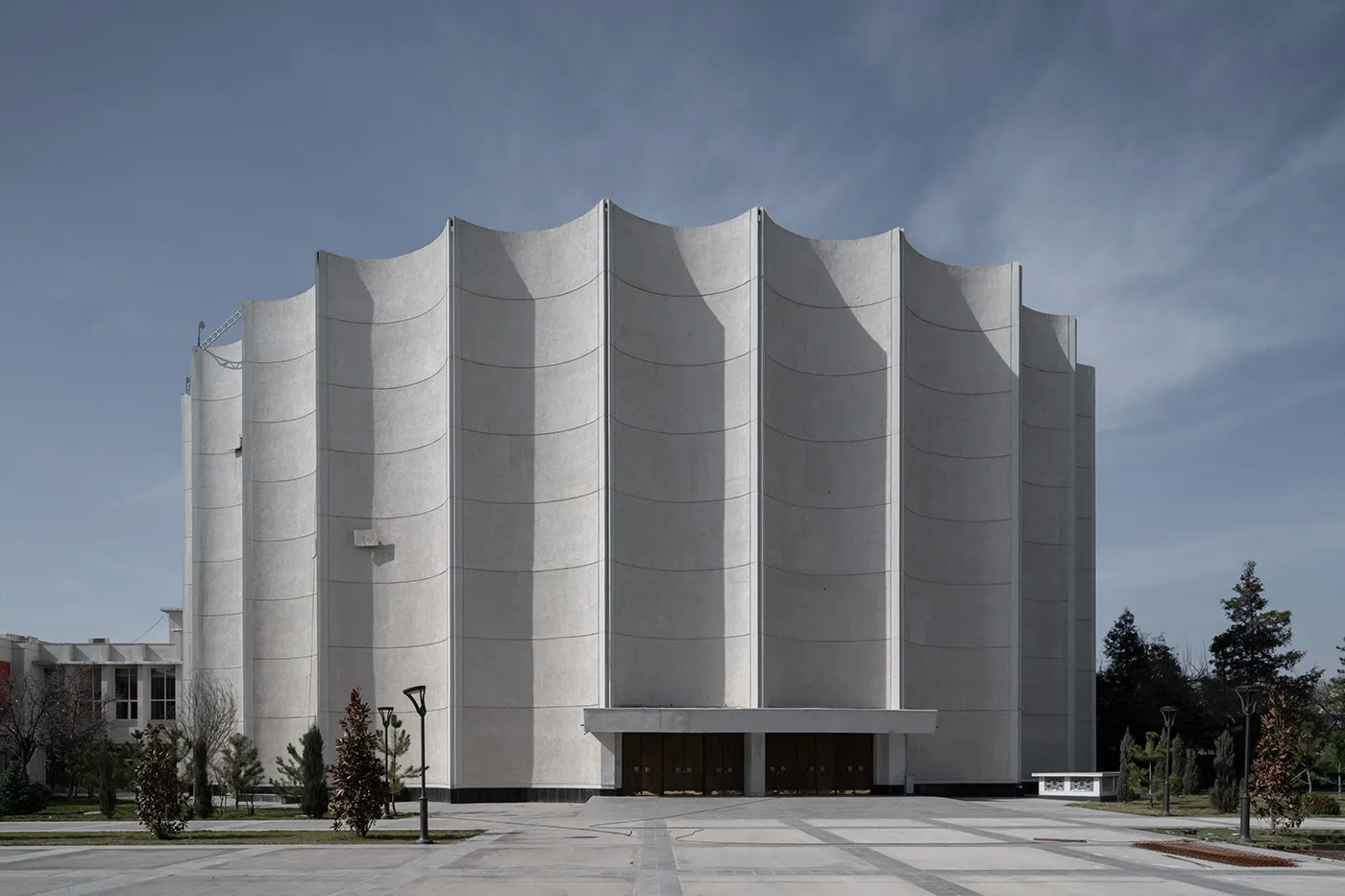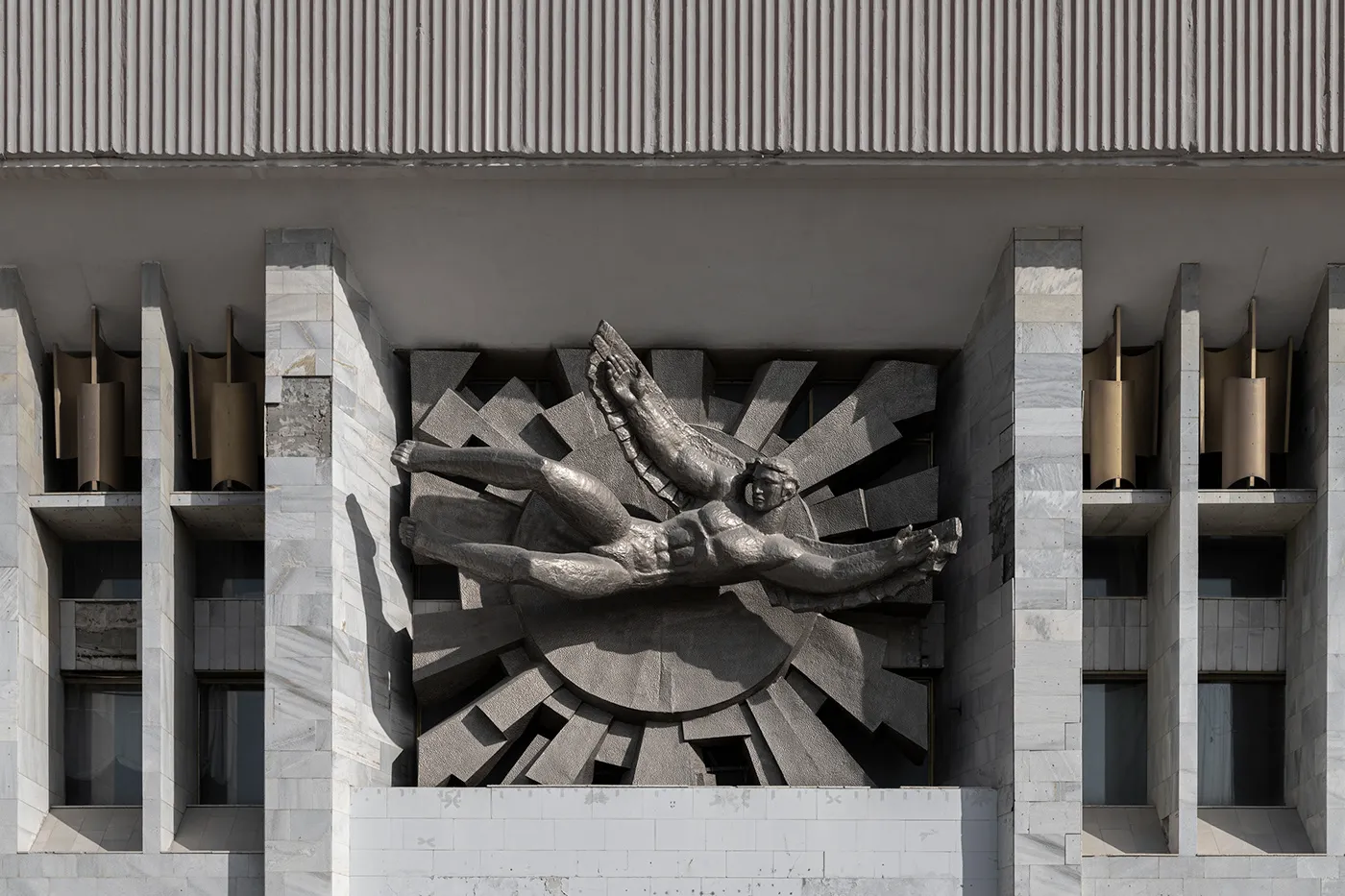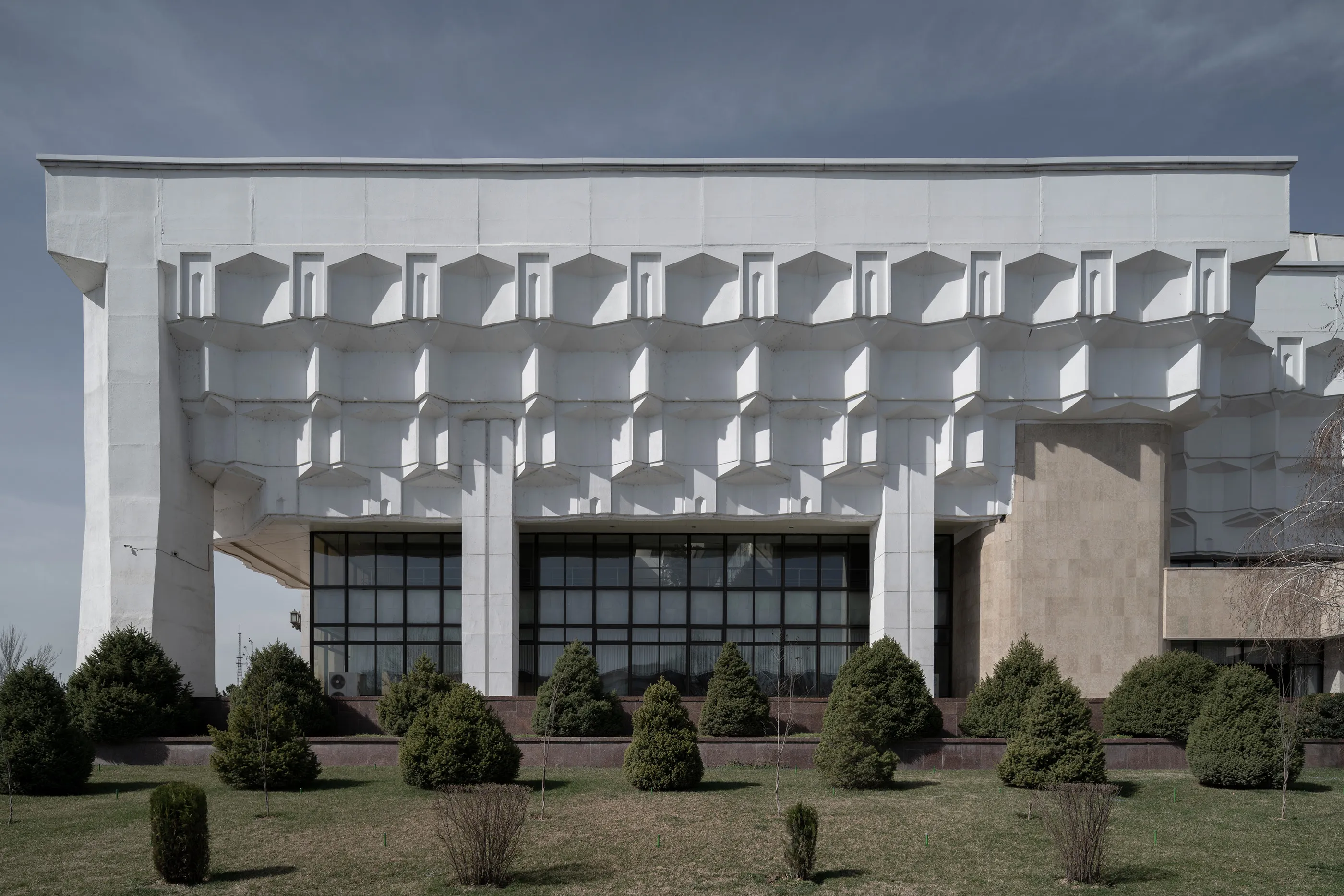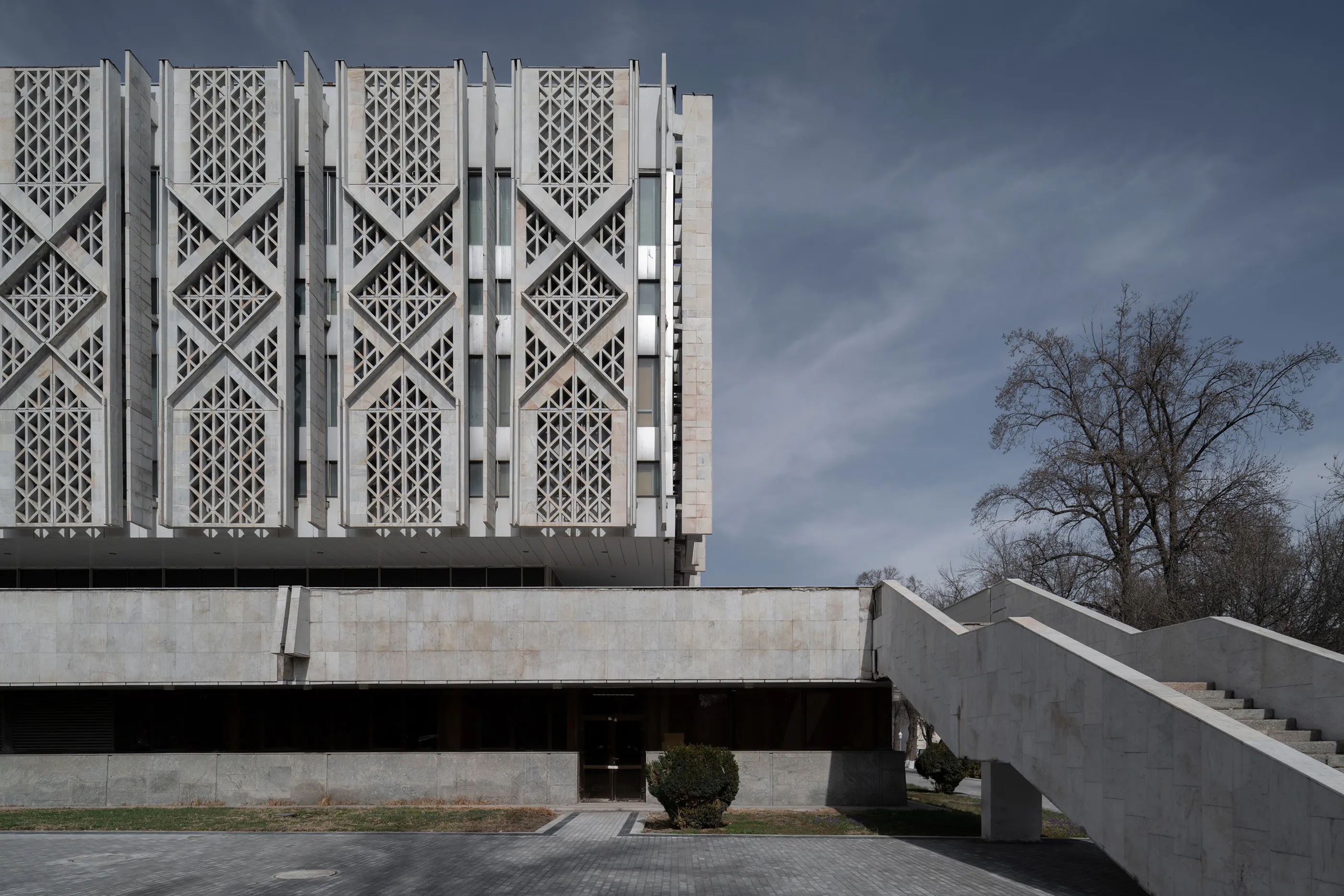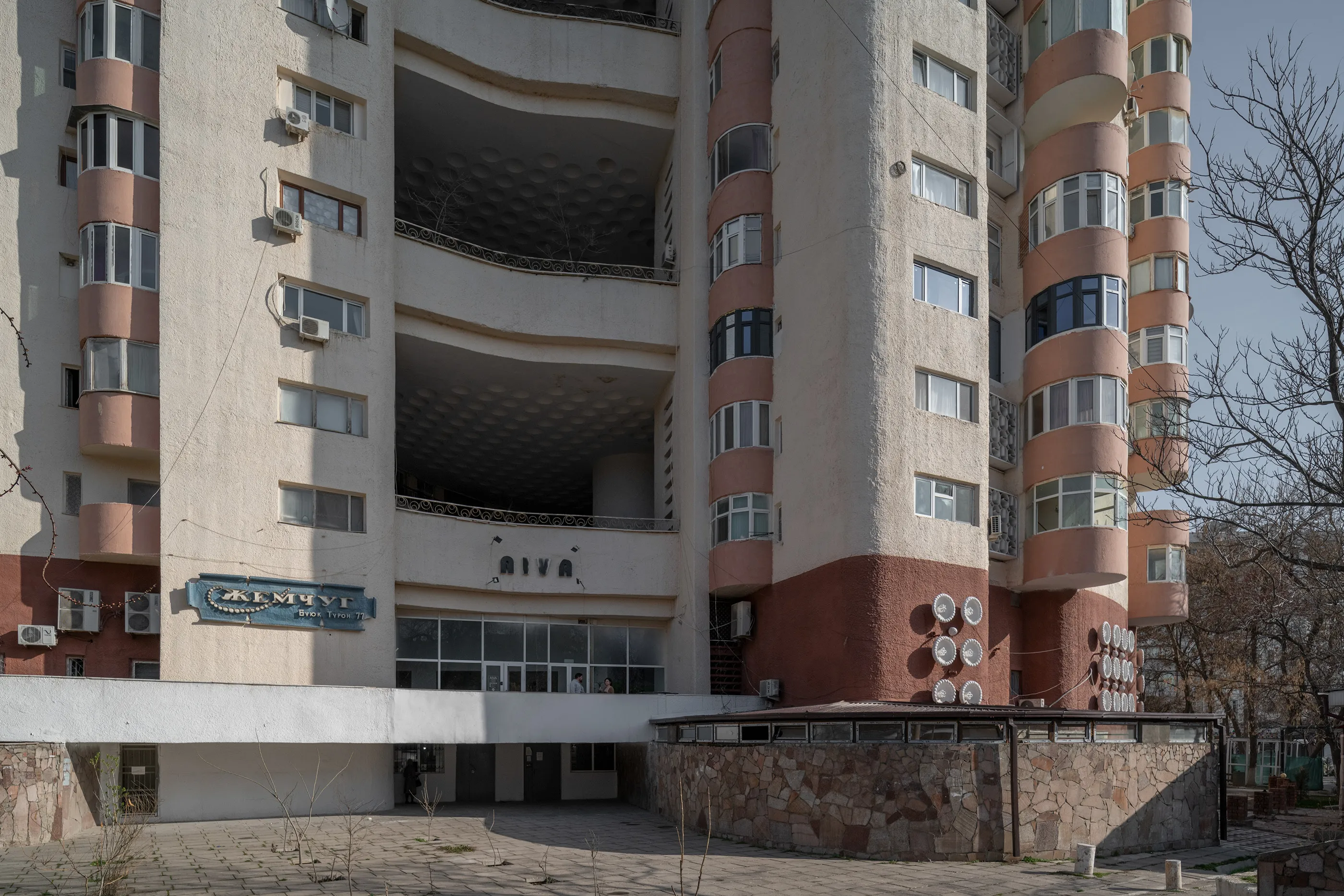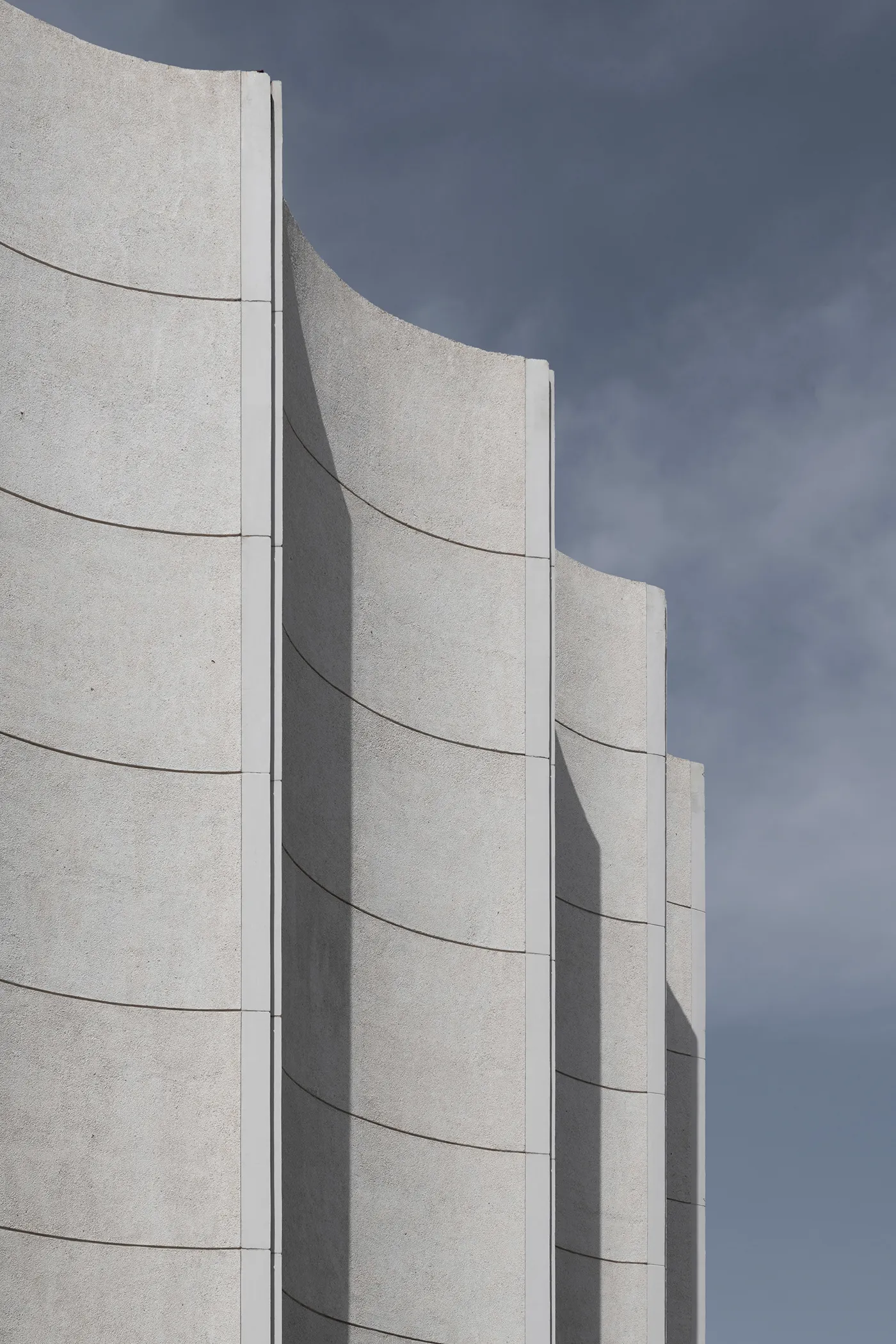
ARCHITECTURE
Seismic Modernism: Navigating Tashkent’s Architectural Tapestry
Article
Tashkent
Photography
Writer
Yana Karnaukhova
In the heart of Central Asia lies Tashkent, an Uzbekistan jewel that not only boasts vibrant bazaars and a rich cultural tapestry but also unveils a captivating architectural journey through the lens of Seismic Modernism. As I wandered through its streets, I couldn’t help but be drawn into the unique story told by the city’s resilient structures.
The mid-20th century brought seismic upheavals to Tashkent, both in the form of literal earthquakes and the subsequent reconstruction efforts. What emerged was Seismic Modernism, a fusion of necessity and innovation in architecture, blending aesthetics with the imperative of earthquake resistance.
“In Tashkent’s seismic embrace, architecture becomes a silent storyteller, narrating tales of resilience and innovation through its concrete and steel.”
The Tashkent TV Tower, standing tall against the skyline, became my beacon into this architectural narrative. Beyond its functional role in broadcasting, it stood as a symbol of the city’s unwavering spirit, a testament to its commitment to rebuilding with both strength and style.
Wandering through residential districts, I found myself in awe of the seismic modernist housing projects. It was more than concrete and steel; it was a tangible representation of Soviet utopian ideals. The Chorsu Microdistrict and Yunusabad, with their functional layouts and communal spaces, felt like living history, a testament to a bygone era.
As I navigated Tashkent’s streets, the challenge of balancing modernization with heritage preservation became evident. Seismic Modernist structures faced threats, and the importance of raising awareness about their historical significance became apparent. Each building, each wide boulevard, echoed stories of resilience and innovation.
In the midst of contemporary developments, Tashkent retains its architectural soul. The juxtaposition of Seismic Modernism with modern structures tells a tale of a city embracing its past while reaching into the future. It’s not just about buildings; it’s about the people, the history, and the spirit that shaped them.
“In every concrete column and steel beam, Tashkent tells a story – a narrative of rebuilding, adapting, and embracing the seismic modernism that defines its unique character.”
My stroll through Tashkent became a personal journey through time, a realization that architecture is more than static structures; it’s a living, breathing narrative. Seismic Modernism is not just a style; it’s a reminder of a city’s ability to rise from adversity and build a future that respects its past.
In the hustle of Tashkent’s streets, among architectural marvels and everyday life, I found a city that not only rebuilt itself physically but also crafted an identity woven into the very fabric of its structures. As Tashkent evolves, the preservation of Seismic Modernism isn’t just about conserving buildings; it’s about honoring a resilient spirit that defines this remarkable city.

